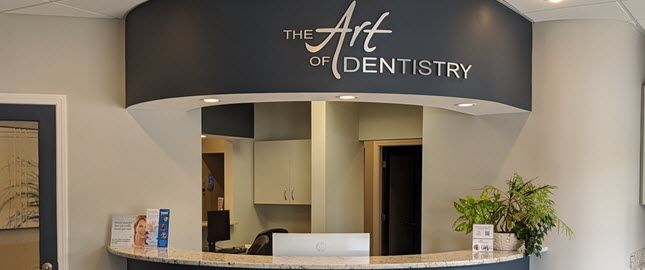






Achieving quality dentistry for life
Sealants
What is a sealant?
A dental sealant is a thin plastic film painted on the chewing surfaces of molars and premolars (the teeth directly in front of the molars). Sealants have been shown to be highly effective in the prevention of cavities and dental decay. They were developed through dental research in the 1950s and first became available commercially in the early 1970s. The first sealant was accepted by the American Dental Association Council on Dental Therapeutics in 1972. Currently the ADA has approved nine brands of sealants as acceptable, and two brands as provisionally acceptable.
How effective are sealants?
Scientific studies have proven that properly applied sealants are 100 percent effective in protecting the tooth surfaces from caries. Because sealants act as a physical barrier to decay, protection is determined by the sealants’ ability to adhere to the tooth. As long as the sealant remains intact, caries will not develop beneath it. In fact, research has shown that sealants actually arrest caries when placed on top of a cavity early in development by sealing off the supply of nutrients to the cavity. Small molecules and bacteria cannot penetrate through or around a sealant; bacteria under sealants tend to die; and even cavities large enough to be seen on an X-ray or dental radiograph do not become worse. Subsequently, sealant protection is reduced or lost when partial or total loss of the sealant occurs. However, clinical studies have shown that teeth that have lost sealants are no more susceptible to caries than teeth that were never sealed.
How are sealants applied?
Sealant application involves first cleaning the surface of the tooth and then rinsing the surface to remove all traces of the cleaning agent. A phosphoric acid-etching solution or gel is applied to the enamel surrounding the pits and fissures. After one minute or more, the acid is thoroughly rinsed away with water. The site is dried, and the sealant material is applied and allowed to harden, much the same way that nail polish is applied to fingernails. Some sealants need a special curing light to help them harden; others do not. Furthermore, sealant treatment is painless and takes anywhere from five to 45 minutes to apply, depending on how many teeth need to be sealed. Sealants must be applied properly for good retention.
How long will a sealant last?
Sealants should last five years, but can last as long as ten years. One study reported that seven years after application, an impressive 49 percent of treated teeth were still completely covered. Sealants are not permanent. Regular dental check-ups are necessary to keep track of the sealants’ effectiveness.
Who should receive sealant treatment?
Children, because they have newly erupted, permanent teeth, receive the greatest benefits from sealants. The chewing surfaces of children’s teeth are most susceptible to caries and the least benefitted by fluoride. Surveys show that approximately two-thirds of all cavities occur in pits and fissures of children’s newly erupted teeth. However, an average of only 7.6 percent of all American school-aged children currently have dental sealants.
Many other patients also can benefit from sealant placement, particularly patients who have newly erupted teeth with pits and fissures, those who have existing pits and fissures susceptible to decay, and those who for a variety of reasons may be at a high risk for dental caries. Research has shown that most everybody has a 95 percent chance of eventually experiencing caries in the pit and fissures of their teeth.










